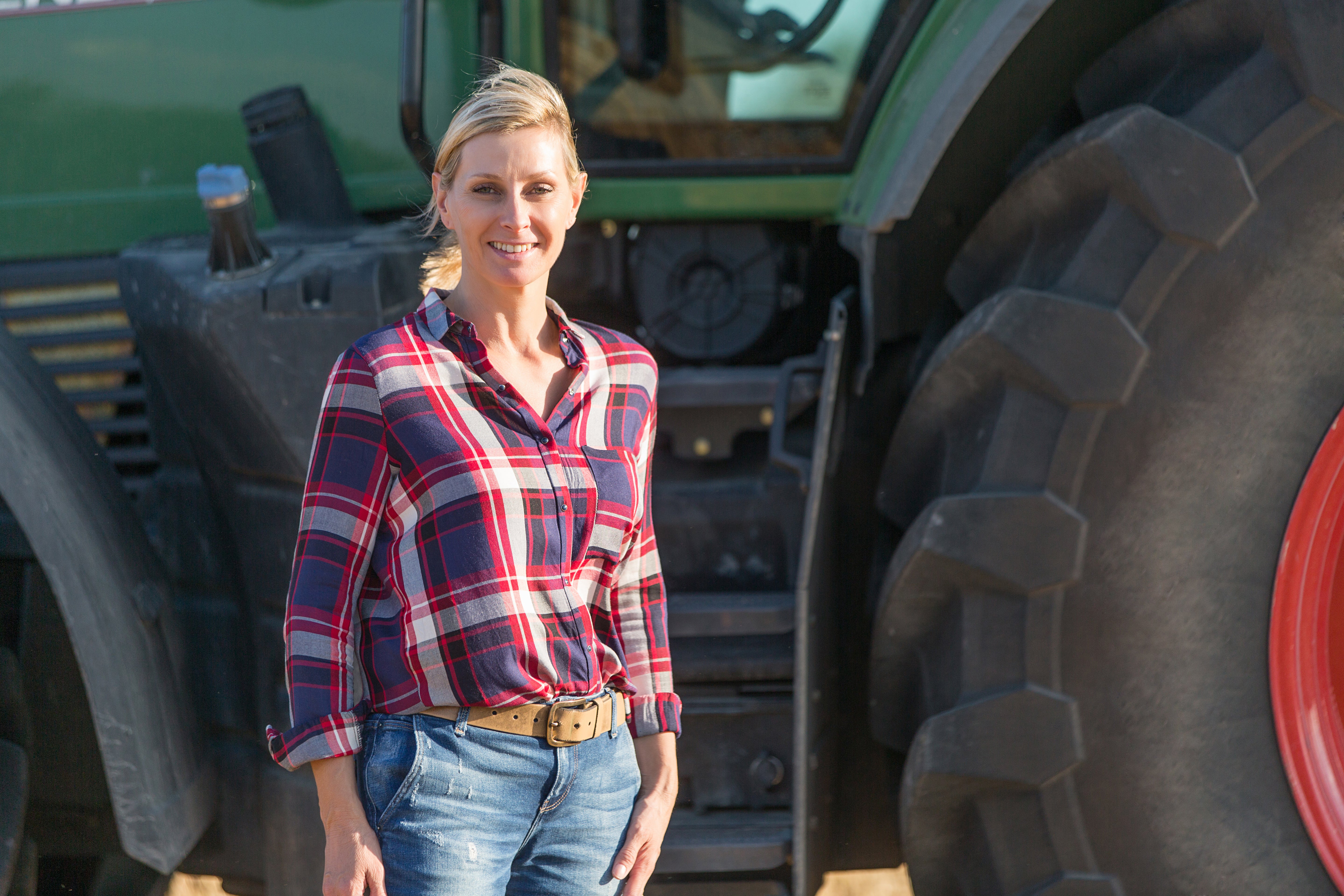The famous line, “If you build it, he will come,” voiced by an anonymous actor sets the entire plot of Field of Dreams in motion. Kevin Costner as Ray Kinsella may be the star, but the movie depends equally on that unnamed voiceover artist and on the actors playing Kinsella’s late father and former baseball legends, who arrive to play ball on a diamond in the middle of an Iowa cornfield.
This baseball classic shows how leading characters are important, but it is often supporting characters who carry the show. The same is true in nature. Charismatic species get the spotlight, but it’s a biologically diverse ensemble cast that creates a healthy ecosystem.
In the drama to save rapidly declining pollinators, which provide $3 billion of pollination services to U.S. agriculture each year, monarch butterflies are the high-profile star. The species’ population has plummeted 90% over the past two decades, a decline emblematic of the larger challenges that all pollinators face. The monarch’s many fans — drawn in by the butterfly’s beauty and awesome migration — have rallied to save them, and conservation efforts are benefitting other lesser-known, critically important pollinators.
If we had the Oscars for pollinators, monarchs would likely be nominated for the best actor category. The best supporting actor category would be competitive, but these three species, which work alongside the famous butterfly, would be strong contenders. Read More










